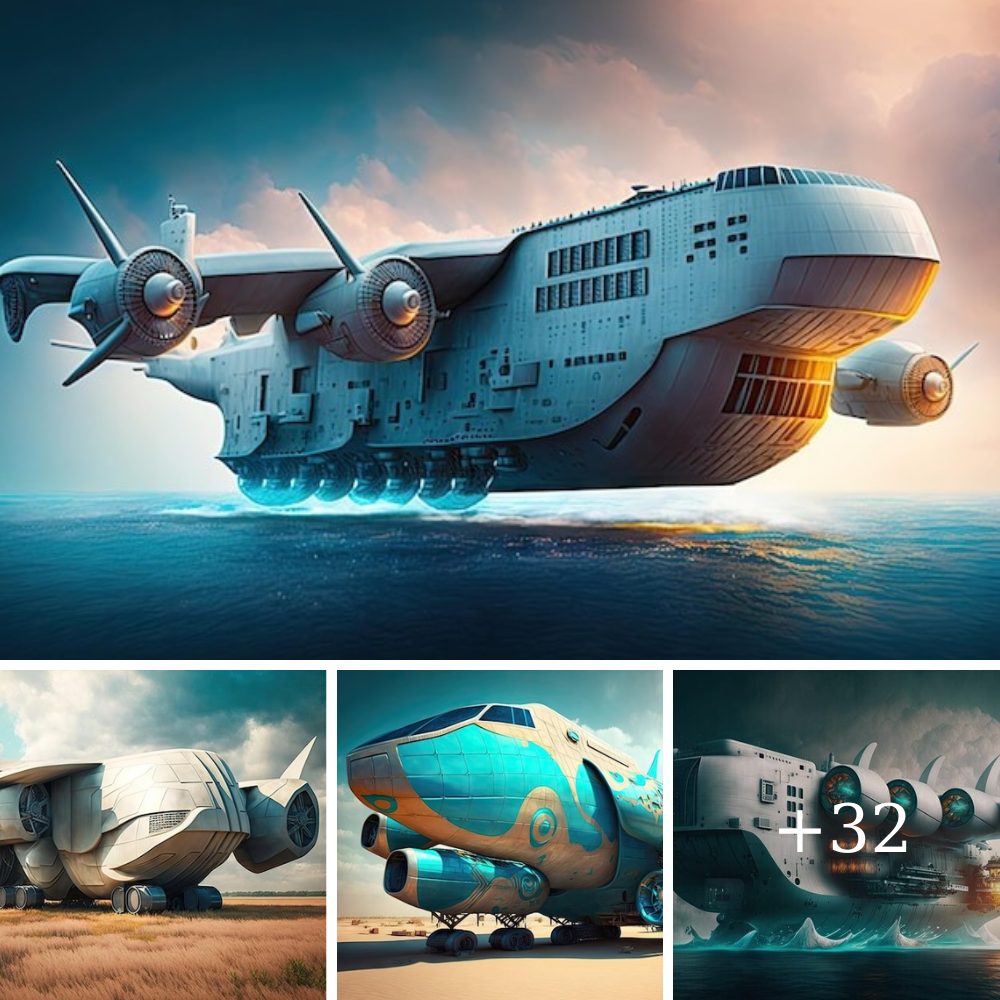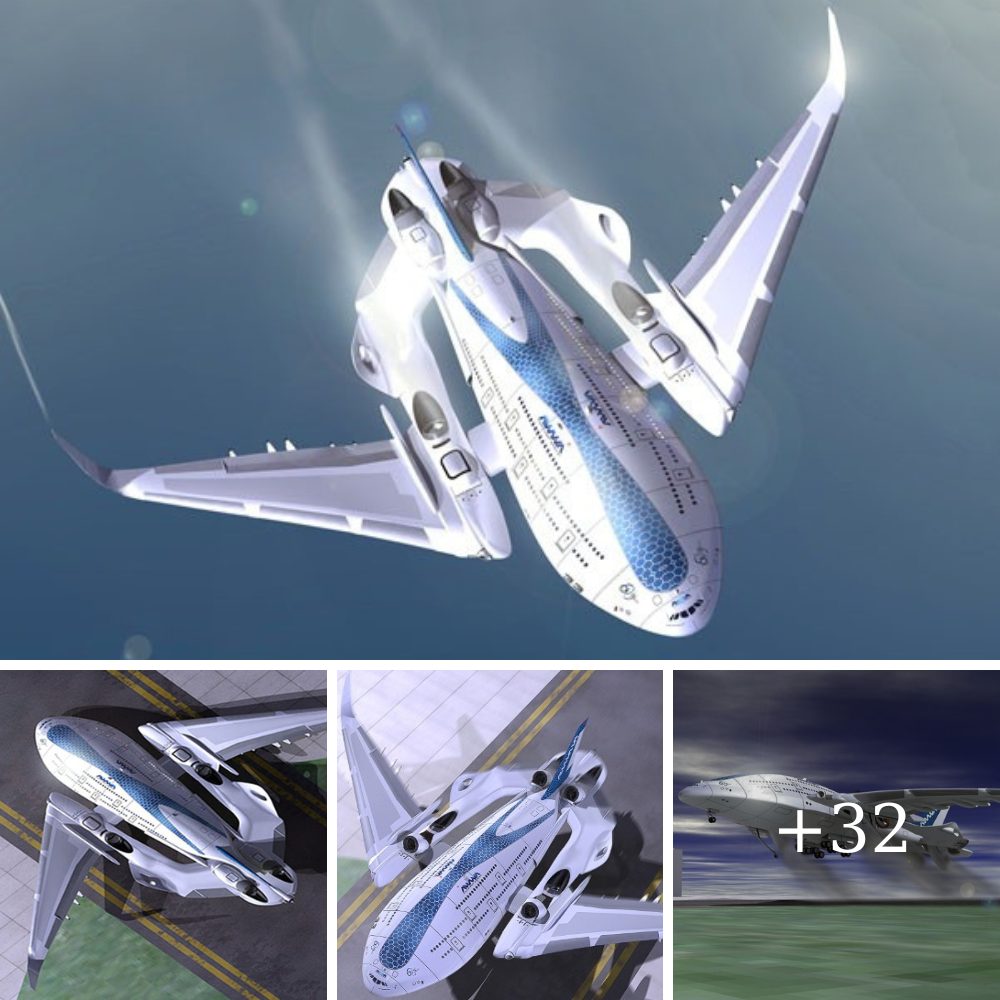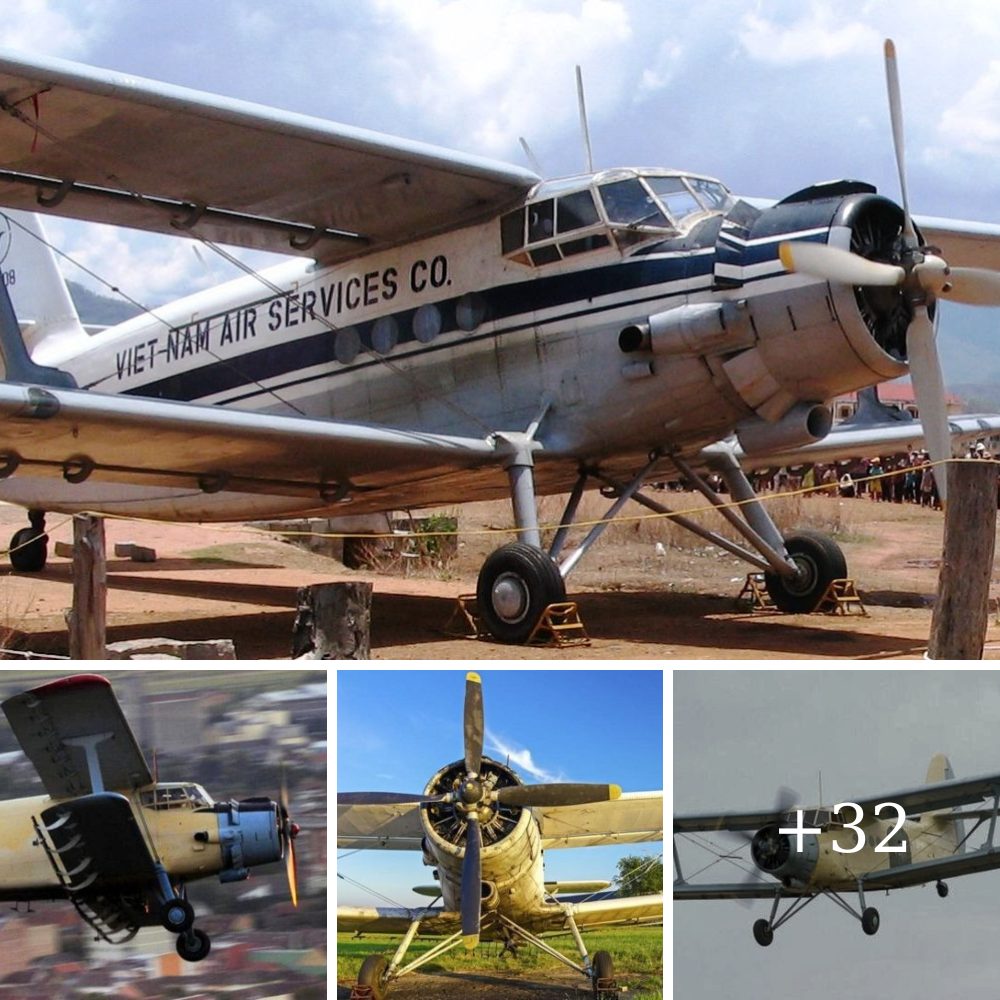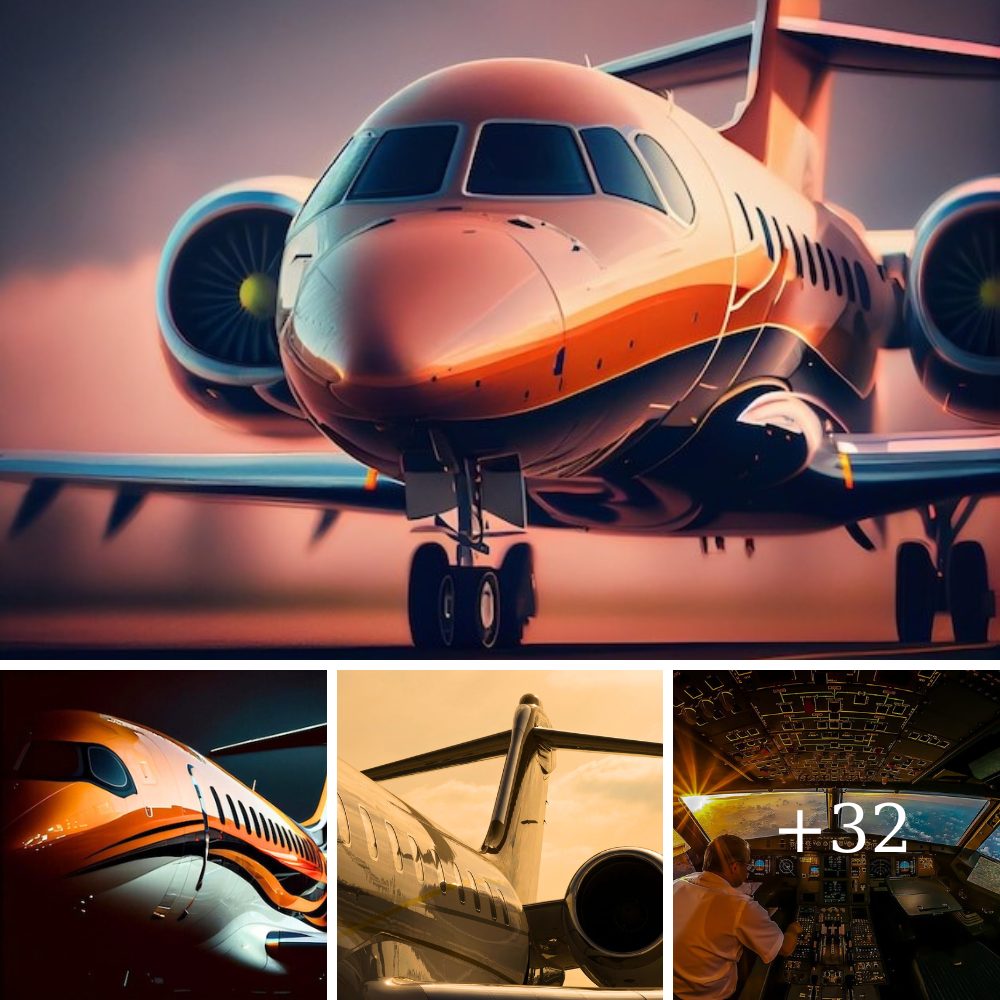Since the dawn of aviation, planes have primarily been powered by carbon-based fuels such as gasoline or kerosene. These contain a lot of energy for their weight, providing the vast power required to lift large commercial airliners on journeys across the globe. But with oil resources declining and penalties on greenhouse gas emissions increasing, the future of aviation is dependent on finding an alternative power source. Is electricity the answer?
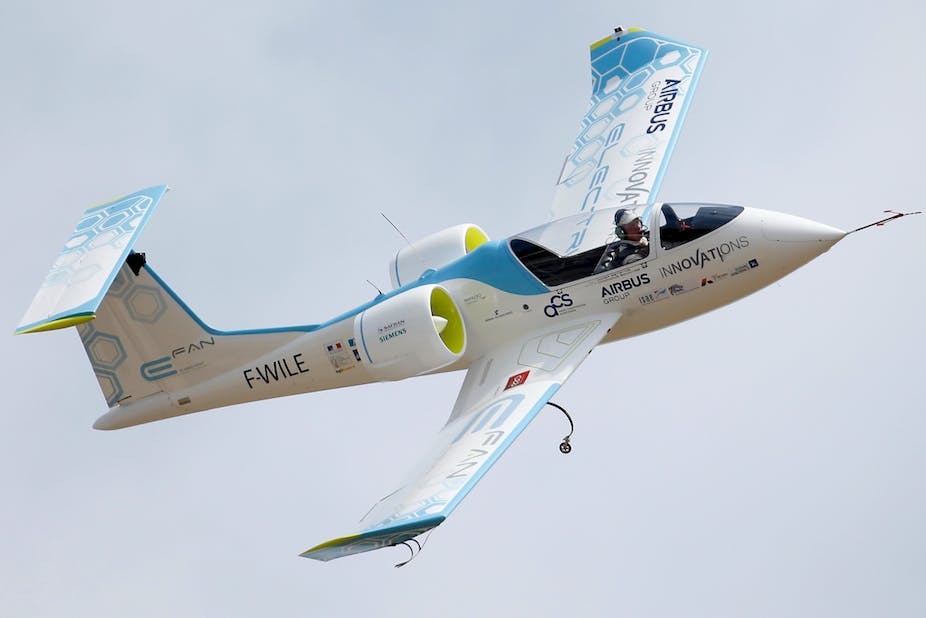
A first step is to develop “more electric aircraft” – jet-powered planes that maximise the use of electricity for all the other aircraft systems. The idea is to significantly reduce fuel consumption by improving overall energy efficiency. In practice, this means reducing the weight of the aircraft, reducing drag with improved aerodynamics and optimising the flight profile to use less fuel.
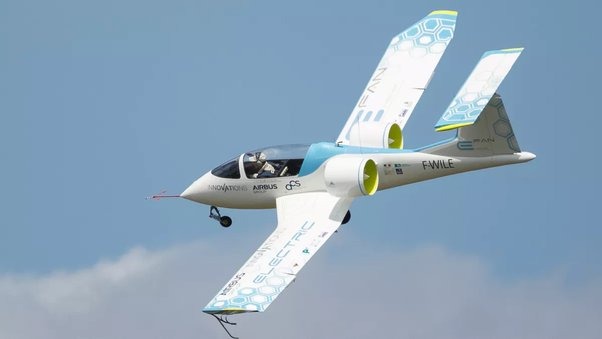
But though these improvements can save on fuel, that alone isn’t enough. The shift to more sustainable aircraft requires major, longer-term solutions.
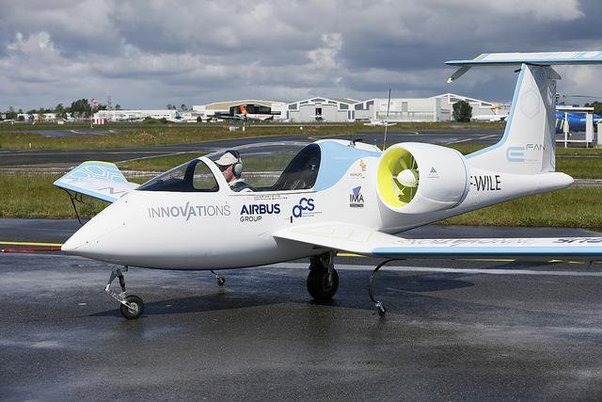
Such significant innovations have often been driven by military requirements. The jet turbine engine was developed during World War II and the US Air Force’s Chuck Yaeger first broke the sound barrier in the Bell X-1 as part of the Cold War race to achieve supersonic speeds. The drive for new technologies led to massive improvements in performance and reliability, which has since filtered through to commercial aviation and made mass intercontinental air travel a reality.
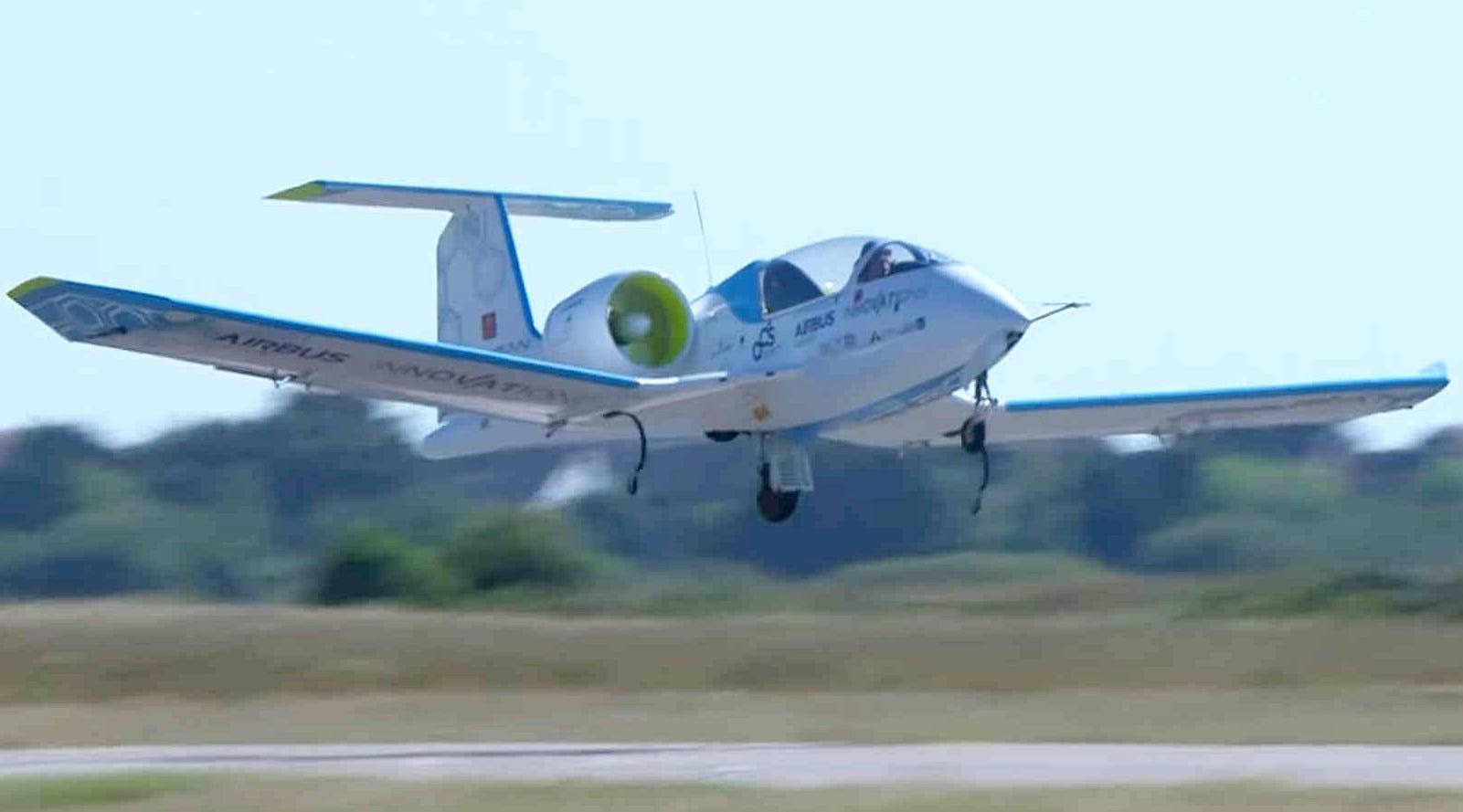
Concorde was the ultimate expression of this transformation from military to high-performance commercial aircraft, but despite its phenomenal performance it was plagued by complaints of excessive noise and pollution. Modern jet air travel still consistently raises such environmental concerns and, while the military has an obvious incentive to design the fastest aircraft, its motivation to go green is less obvious. We may need to look elsewhere for the next big innovation.

